Archives
- 2025-12
- 2025-11
- 2025-10
- 2025-09
- 2025-03
- 2025-02
- 2025-01
- 2024-12
- 2024-11
- 2024-10
- 2024-09
- 2024-08
- 2024-07
- 2024-06
- 2024-05
- 2024-04
- 2024-03
- 2024-02
- 2024-01
- 2023-12
- 2023-11
- 2023-10
- 2023-09
- 2023-08
- 2023-07
- 2023-06
- 2023-05
- 2023-04
- 2023-03
- 2023-02
- 2023-01
- 2022-12
- 2022-11
- 2022-10
- 2022-09
- 2022-08
- 2022-07
- 2022-06
- 2022-05
- 2022-04
- 2022-03
- 2022-02
- 2022-01
- 2021-12
- 2021-11
- 2021-10
- 2021-09
- 2021-08
- 2021-07
- 2021-06
- 2021-05
- 2021-04
- 2021-03
- 2021-02
- 2021-01
- 2020-12
- 2020-11
- 2020-10
- 2020-09
- 2020-08
- 2020-07
- 2020-06
- 2020-05
- 2020-04
- 2020-03
- 2020-02
- 2020-01
- 2019-12
- 2019-11
- 2019-10
- 2019-09
- 2019-08
- 2019-07
- 2019-06
- 2019-05
- 2019-04
- 2018-11
- 2018-10
- 2018-07
-
Our results on the acute effects of
2020-05-13
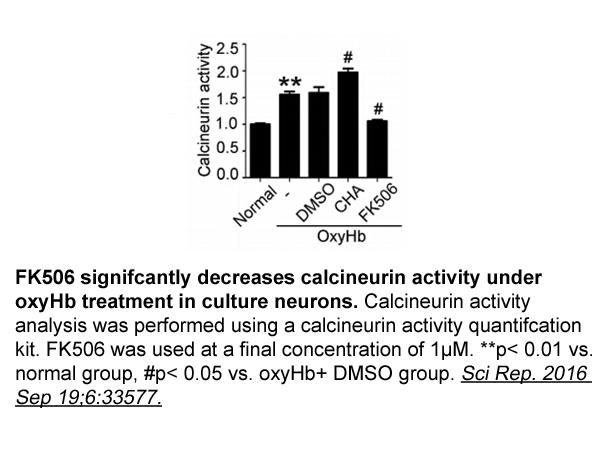
Our results on the acute effects of THC on resting state PHA-665752 function are in line with previous neuroimaging findings. Increased perfusion after THC administration in insular and prefrontal regions has previously been reported in smaller samples (Mathew et al., 1997, Mathew et al., 2002, van
-
br DNA end processing enzymes The simplest DSB
2020-05-13

DNA end processing enzymes The simplest DSB is one that consists of two blunt DNA ends as these termini can be re-joined without processing. However, DSBs induced by ionizing radiation and reactive oxygen species are notorious for producing DNA ends which are non-ligatable (“dirty ends”) and thus
-
Homologous recombination HR has important roles in the repai
2020-05-13
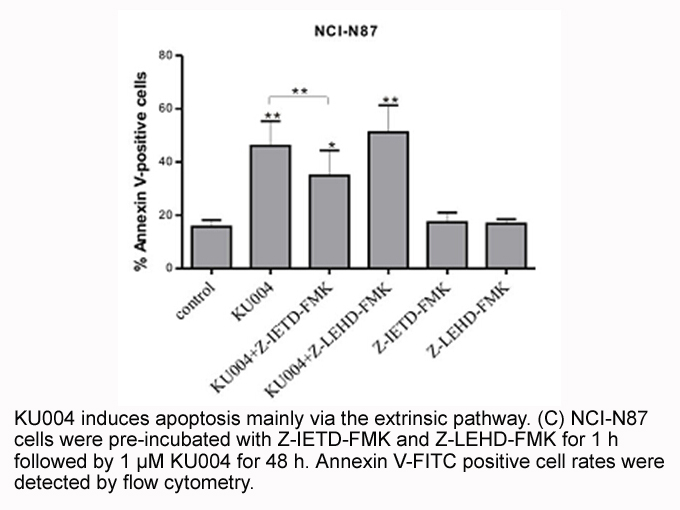
Homologous recombination (HR) has important roles in the repair of stalled or collapsed DNA replication forks, as well as of DNA double-strand breaks. Among the factors required for HR in human Eptifibatide australia are RAD51, BRCA1, and BRCA2 (Davies et al., 2001, Sung and Klein, 2006, Xia et al.,
-
Experimental studies offer a means
2020-05-13
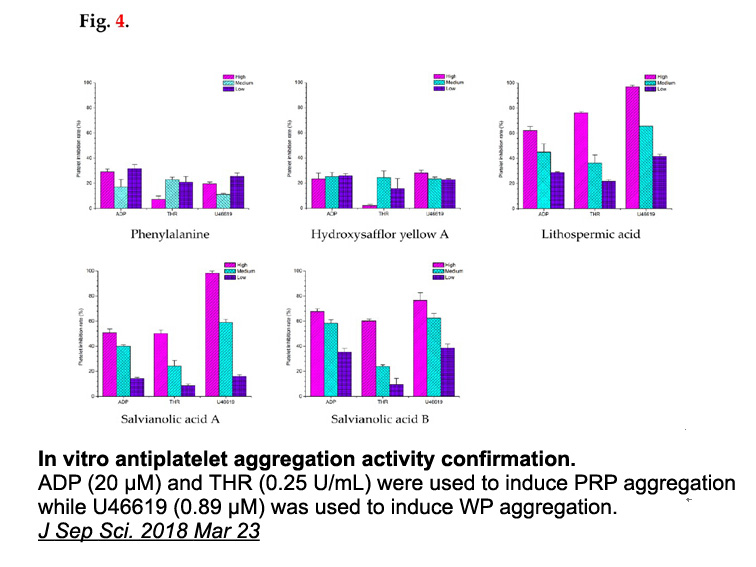
Experimental studies offer a means of developing an empirical basis for the development of forensic protocols in the investigations of specific crime types [12]. Such an evidence Ceftazidime for ICST cases will help enable the identification of situations when there is likely to be recoverable DNA f
-
Uracil residues incorporated into DNA exist transiently sinc
2020-05-13
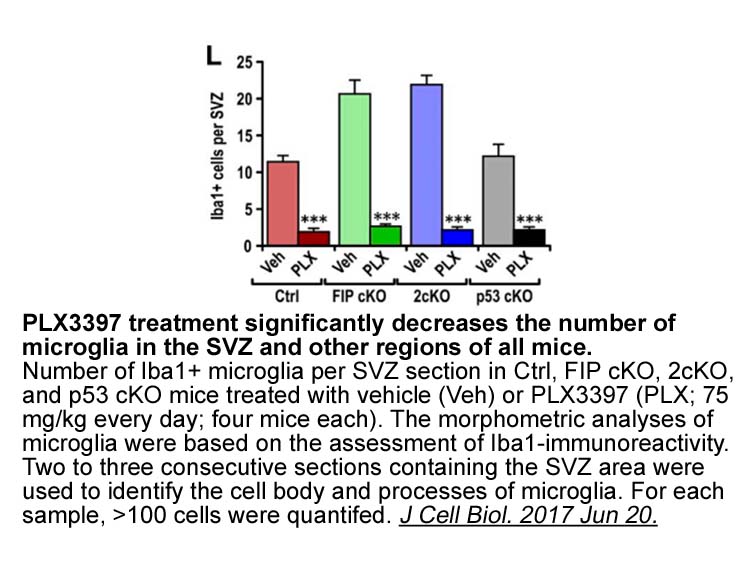
Uracil residues incorporated into DNA exist transiently since they are subject to removal by the multi-step uracil-initiated DNA (S)-10-Hydroxycamptothecin sale excision repair (BER) process [2], [14]. In E. coli, uracil-DNA BER is initiated by uracil-DNA glycosylase (Ung), which catalyzes the hydr
-
9184 br Collagens as new drivers of zebrafish tissue
2020-05-13
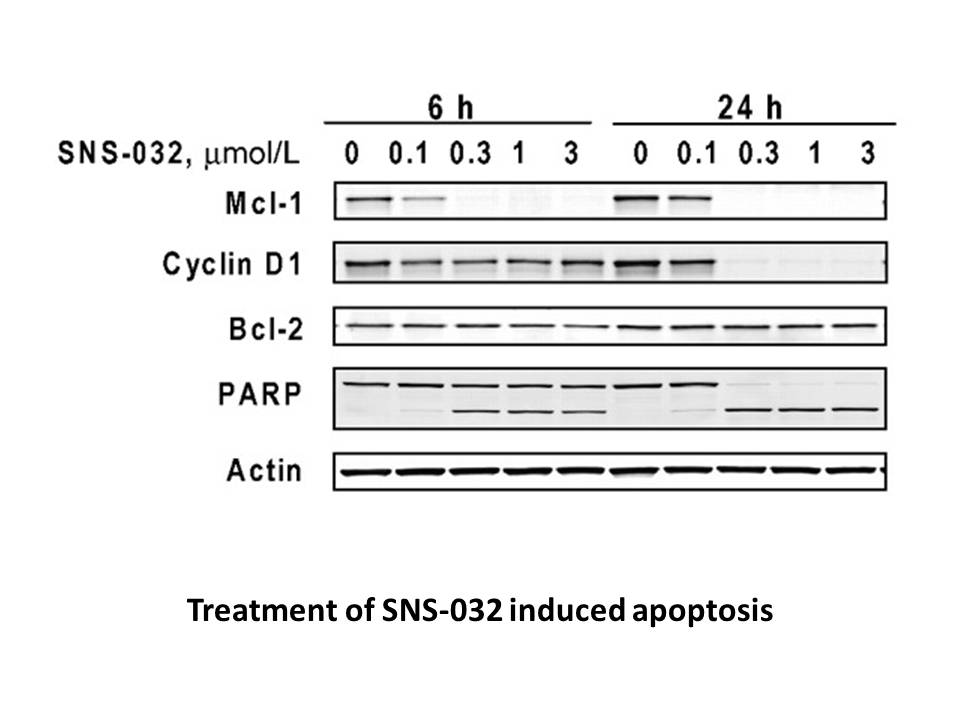
Collagens as new drivers of zebrafish tissue regeneration Contrary to mammals, zebrafish possess very high regeneration capacities and thereby represent a versatile model to study tissue and organ regeneration. Adult fish can fully reconstruct their brain, spinal cord, retina, kidney, liver, panc
-
SB 290157 trifluoroacetate salt It has been shown that CK
2020-05-13
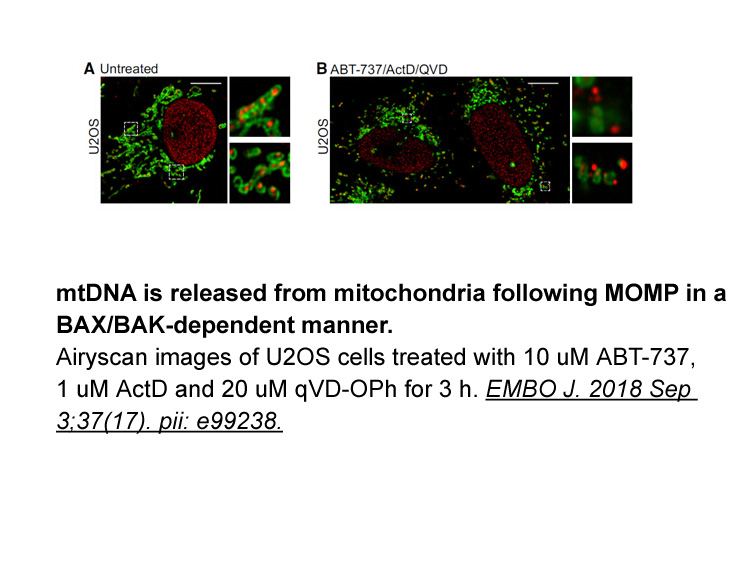
It has been shown that CK1δ phosphorylates α-, β- and γ-tubulin in vitro and that CK1δ specifically interacts with the trans Golgi network, COPI positive vesicles, and centrosomes in interphase cells [11], [12], [13], [14]. Moreover CK1δ is also associated with granular particles that are associated
-
br Acknowledgements br Introduction Protein
2020-05-13
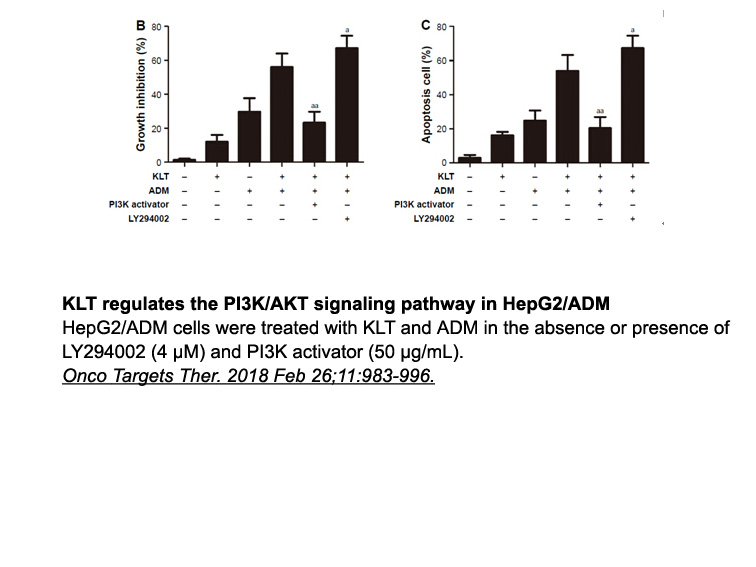
Acknowledgements Introduction Protein–tyrosine phosphorylation, catalyzed by protein–tyrosine kinases and protein–tyrosine phosphatases, has a pivotal role in the regulation of a wide variety of cellular processes. Similar numbers of tyrosine kinases and tyrosine phosphatases are encoded by th
-
The liposomes as a FDA approved drug delivery carrier
2020-05-13
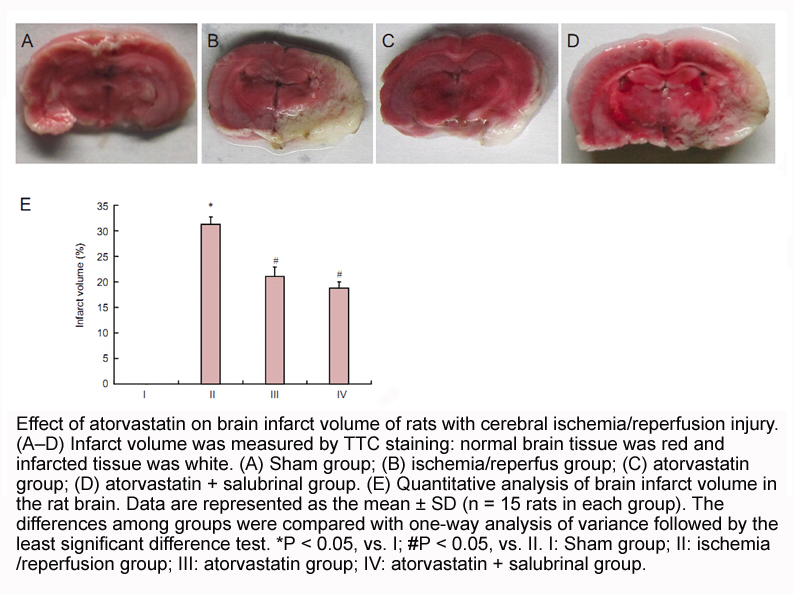
The liposomes, as a FDA-approved drug delivery carrier, have been widely utilized for drug delivery [32], [33], [34]. Liposomes are defined as self-assembled vesicles, which are composed of one or multiple concentric lipid bilayers and enclose an aqueous core. The advantages of utilizing liposomes a
-
natural antibiotics Another enzyme class that has
2020-05-13
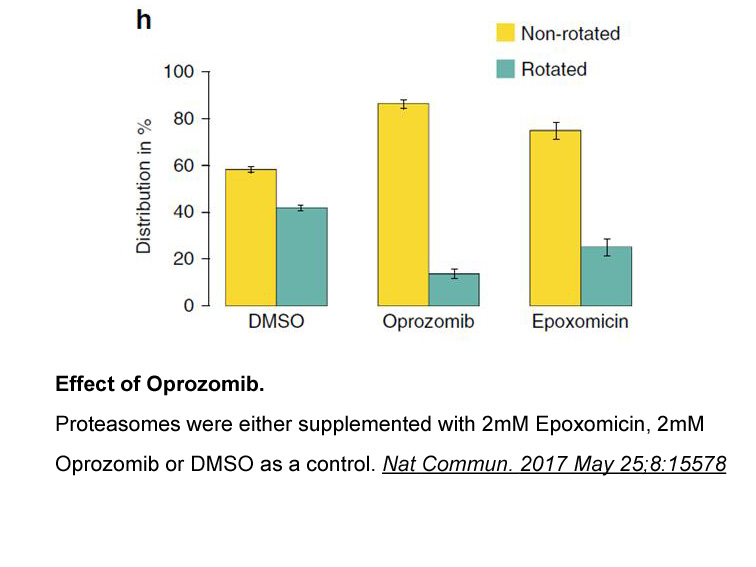
Another enzyme class that has emerged as a potential alternative to P450s are the so-called ‘unspecific peroxygenases’ (UPOs). They also contain a heme but are extracellularly expressed fungal enzymes that are often more stable than P450 monooxygenases. Importantly, UPOs use H2O2 instead of O2 as th
-
The HEV vaccine developed based on p
2020-05-13
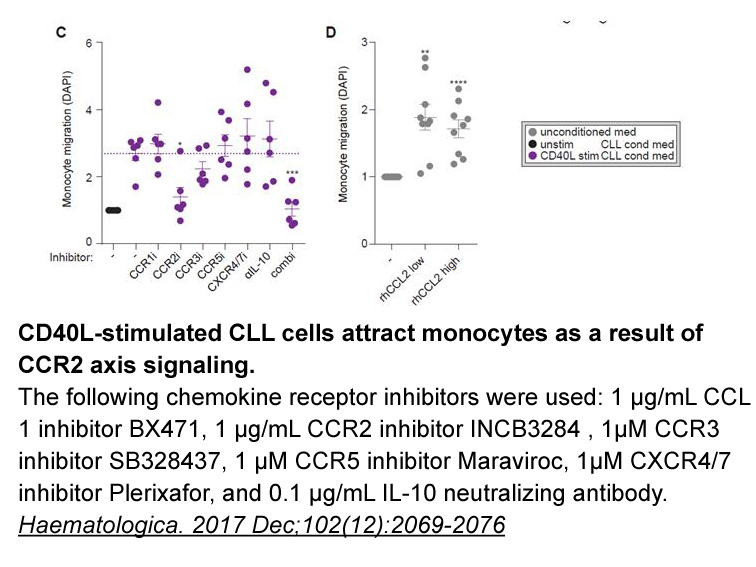
The HEV vaccine, developed based on p239 particles, is of good efficacy, immunogenicity and safety, and was licensed in China in 2012. p239 (aa 368–606) and E2 (aa 394–606) share a common region of ORF2, referred to as E2s (aa 459–606), which harbors the major antigenic determinants of the HEV vacci
-
Similarly in the EAE model
2020-05-12
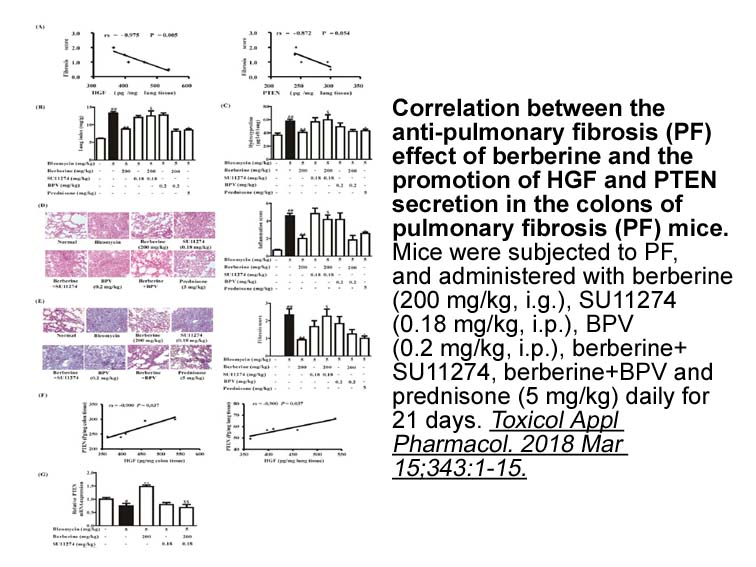
Similarly in the EAE model, Chalmin et al. previously demonstrated that EBI2 and CH25H might be responsible for the efficient egress of differentiated Th17 cells from the draining lymph nodes [31]. As discussed above, in active EAE we did not find differences in EAE development and only the transfer
-
br Discussion The regulation of intracellular cholesterol le
2020-05-12
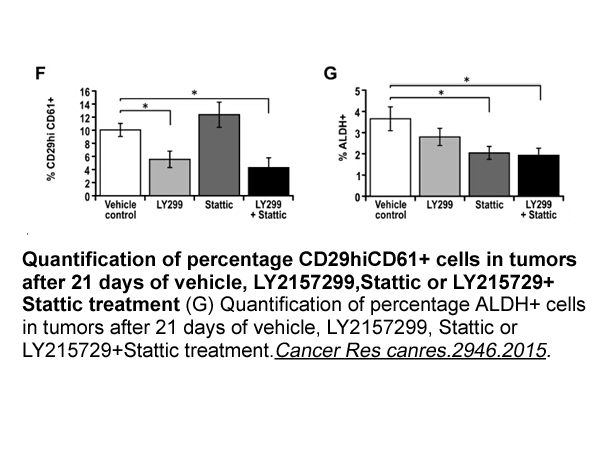
Discussion The regulation of intracellular cholesterol levels is a biological process of vital importance for cellular function and integrity, and involves robust transcriptional and post-transcriptional mechanisms that are sensitive to metabolic feedback control. Amongst post-transcriptional mec
-
br Acknowledgements br Introduction Lung cancer
2020-05-12
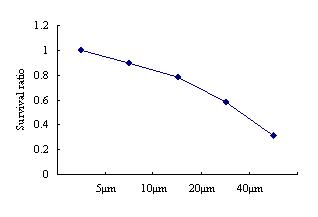
Acknowledgements Introduction Lung cancer treatment strategies, especially molecular targeted therapy, have progressed rapidly. However, most established treatments are for adenocarcinoma of the lung, not for squamous cell carcinoma (SQCC). SQCC constitutes approximately 30% of lung cancers, w
-
br Author contributions br Funding M E B was
2020-05-12
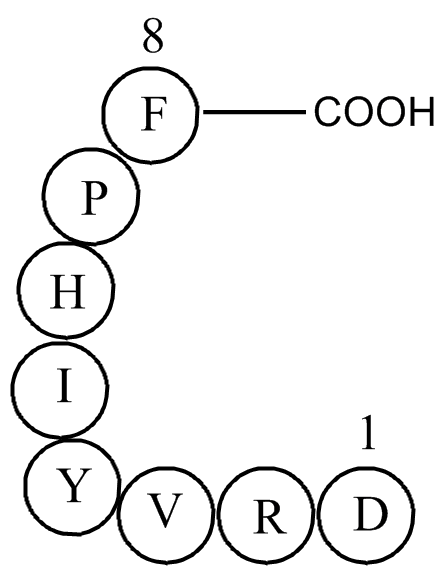
Author contributions Funding M.E.B. was supported by Research Fund #3096. Competing interests Introduction Lung cancer has become one of the most common death causes in both male and female malignant tumors (Jemal et al., 2011). Air pollution, smoking and estrogen level are known risk f
15846 records 834/1057 page Previous Next First page 上5页 831832833834835 下5页 Last page